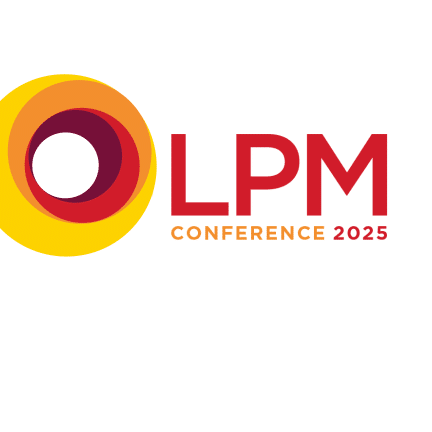
THROUGH THICK OR THIN
Thin client solutions have waxed and waned in popularity over the years, but with the ubiquity of good-quality networking and the continuing evolution of business requirements promoting mobility and enhanced security, thin client delivery can have real advantages.
What is it about the new generation of thin client technology that has led to it becoming an increasingly sought-after IT delivery mechanism in the legal sector?
Our clients see convenience – anytime, any location, any device – as a key benefit, followed by security and cost-effectiveness. With a thin client, all software except for the core operating system is stored on the server, and the desktop is connected to the datacentre. This means that software installation and patch management can be achieved quickly and easily without making changes to each client computer – a major advantage for small in-house IT teams or widely distributed offices.
In a sector where confidentiality is critical, the protection of business data is further enhanced by this technology. Thin client endpoints are inherently more secure since all data is stored centrally on a server, rather than on a device’s hard drive. Minimising the risk of data leakage further, it’s also possible to prevent users saving files to local drives, as well as restrict the use of removable media, improving the ability of a business to manage its compliance posture.
Another advantage of using remote desktop thin client delivery is that there are far fewer restrictions on the technology business stakeholders want to use. For example, a fee earner using a MacBook could still run a Windows application from an in-house server, the datacentre, or in the cloud.
Unlike a traditional on-premise client server installation, where devices must be connected to the local area network (LAN) to consume backend server resource, deploying the thin client environment removes that need. Users can access any application from any location with their full desktop connected to the datacentre. This mechanism also provides a consequent benefit for business continuity purposes in the event of disruption, planned or otherwise, such as an office move, weather event or fire.
We’re already seeing law firms taking advantage of this technology. Whether it is Windows remote desktop services, Citrix shared desktop or VDI solution, or the more recent Microsoft Azure desktop services, there’s a technology option to suit all budgets and requirements.
For those yet to switch, the potential advantages make it well worth considering. As a starting point, this could mean deploying a small thin client service among key mobile or remote users, for example, rather than the whole office.
In an evolving IT environment, there are a number of advantages to the latest thin client solutions for legal businesses. These include the potential to centralise the management of complex application environments and ensure that data is managed in a secure and compliant way, regardless of where devices are used, increasing device security while reducing management overheads.
This article can be found in LPM February: Connecting clients



